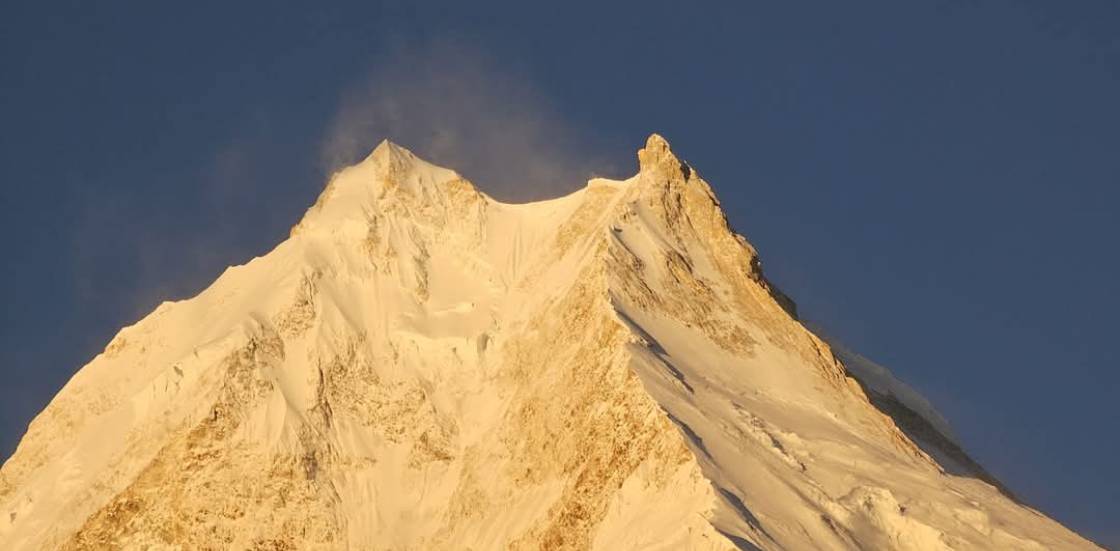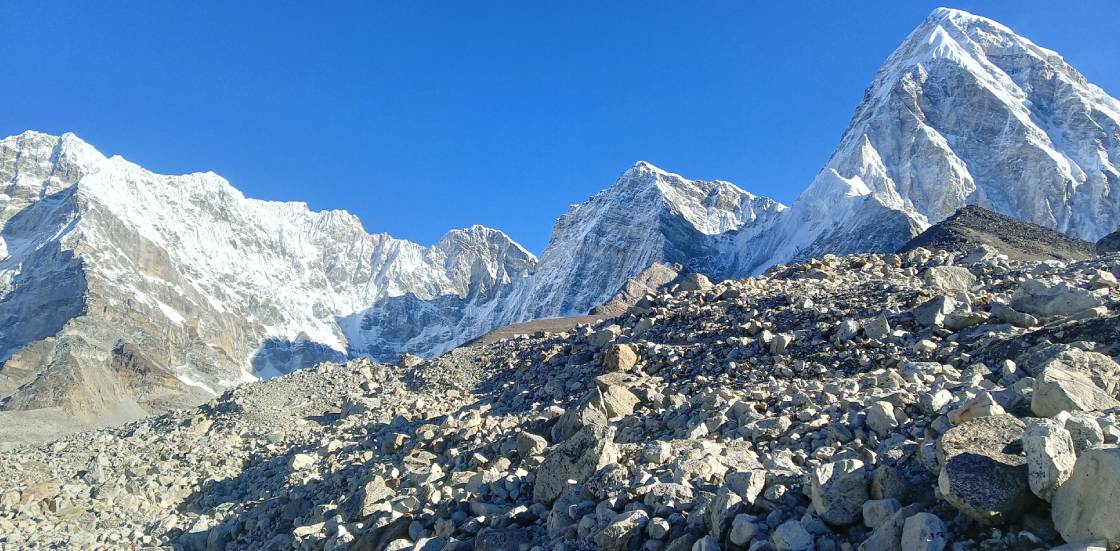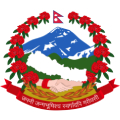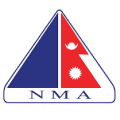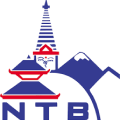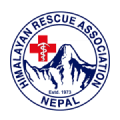Everest 3 Passes Trek

Trek Duration
19 days
Best time to go
Sep-Nov, Mar-May
Group Size
1-15 People
Max Trekking Altitude
5,545 meter
Accommodation
Teahouse
Trek Grade
moderate
Area
Everest Region
Hours of Walking
5-9 Hours per day
Start point - End point
Kathmandu
Everest 3 Passes Trek is an exhilarating and challenging adventure that takes trekkers through some of the most breathtaking landscapes in the Everest region. This trek includes crossing three high-altitude passes—Kongma La, Cho La, and Renjo La—offering panoramic views of towering peaks like Everest, Lhotse, and Makalu. It combines the iconic journey to Everest Base Camp with a thrilling exploration of remote valleys, glacial lakes, and Sherpa villages. Ideal for seasoned trekkers, this journey provides an unforgettable, comprehensive Everest experience.
Everest 3 Passes Trek is a challenging and adventurous journey that offers a unique way to explore the Everest region. Spanning 18 to 21 days, this trek is perfect for experienced trekkers looking for more than just the typical Everest Base Camp route. It combines the classic trek to Everest Base Camp with the thrill of crossing three high-altitude mountain passes: Kongma La, Cho La , and Renjo La. Each pass presents its own set of challenges but rewards trekkers with unparalleled panoramic views of some of the world’s highest peaks.
The trek begins with a flight to Lukla, followed by a trek through lush forests, crossing suspension bridges, and passing traditional Sherpa villages. The journey gradually ascends, allowing trekkers to acclimatize while taking in the beauty of the surroundings. The first major stop is Namche Bazaar, a bustling town that serves as the gateway to Everest. From here, trekkers continue toward Tengboche, home to the famous Tengboche Monastery, where views of Mount Everest and Ama Dablam leave a lasting impression.
After reaching Everest Base Camp, the real adventure begins as trekkers head toward the first of the three passes, Kongma La (5,535 meters). This pass offers stunning views of Everest, Lhotse, and Nuptse, but the ascent can be challenging due to the steep terrain and altitude. Once crossed, trekkers descend to Gorak Shep, where they can visit Everest Base Camp and experience the iconic site up close. Afterward, the trek continues toward Cho La Pass (5,420 meters), which connects the Everest and Gokyo valleys. The pass is a challenging but rewarding experience, as trekkers navigate icy slopes and rock-strewn paths, all while being treated to amazing views of the surrounding peaks.After successfully crossing Cho La, trekkers descend into the beautiful Gokyo Valley, home to the stunning Gokyo Lakes and the Gokyo Ri summit, which provides one of the best views of Everest and surrounding peaks. The final pass, Renjo La (5,360 meters), offers a final, exhilarating challenge. From the top, trekkers are treated to panoramic views of the Everest, Lhotse, and Makalu Mountain ranges.
Throughout the trek, trekkers are immersed in the culture and hospitality of the Sherpa people. Passing through remote villages like Dingboche, Lobuche, and Phortse, trekkers witness the unique way of life in the Himalayas. The path is dotted with ancient monasteries, prayer wheels, and colorful flags, adding a spiritual dimension to the adventure.
This trek is not for the faint of heart. It requires physical fitness, mental toughness, and proper acclimatization to deal with the altitude. However, the rewards are immense—stunning views of the world’s tallest peaks, the excitement of crossing high mountain passes, and a deep sense of achievement upon completing one of the most challenging treks in the world. The Everest Base Camp with Three Passes Trek is an unforgettable adventure that provides a true test of endurance and offers a comprehensive Everest experience like no other.
Itenary
Cost Include
- Pick up & drop to and from the Airport by private Car/Van/Bus as per group size
- 3 nights hotel accommodation in Kathmandu with Breakfast
- Guided sightseeing tour in Kathmandu by private Car/Van/Bus as per group size
- Both way air ticket (KTM-LUKLA-KTM) for the Member & Guide including Airport tax
- Basic First Aid Kit
- Local Development Fee for Everest region
- Sagarmatha (Everest) National Park fee
- Fresh Meals on full board (Breakfast+Lunch+Dinner) with Hot drinks and Tea/ Coffeeduring the treks
- Safe drinking water during the treks
- Sleeping bag, Down jacket, trekking pole if required (need to returned after treks)
- Trekking Duffel bag and trekking route map
- An English-speaking Local Expert Trekking Guide, Assistant Guide & Porters (as per group size)
- All applicable government taxes/ local charges
- Staff daily wages, insurance, equipment, domestic airfare, food, and accommodation
- Farewell dinner in a typical Nepali restaurant with Cultural program in Kathmandu
Cost Exclude
- International airfare
- Nepal Visa Fees
- Monument Entrance fee during sightseeing in Kathmandu
- Lunch and Dinner during your stay in Kathmandu (except Special dinner)
- Personal expenses: phone call, laundry, bar bills, battery recharge, mineral water & hot shower
- Rescues, repatriation, medicines, medical tests, and hospitalization expenses
- Any additional staff other than specified
FAQs
The Everest Three Passes Trek is a challenging and adventurous trekking route in the Everest region of Nepal that offers breathtaking views of the Himalayas. It involves crossing three high mountain passes: Kongma La (5,535 m), Cho La (5,420 m), and Renjo La (5,340 m), making it one of the most demanding but rewarding treks in the region. This trek connects the major valleys of the Everest region—Khumbu, Gokyo, and Imja—and provides trekkers with the opportunity to experience the region’s remote landscapes, vibrant Sherpa culture, and iconic peaks such as Mount Everest, Lhotse, Makalu, and Cho Oyu. The route also includes visits to popular destinations like Everest Base Camp, Gokyo Lakes, and the viewpoint of Kala Patthar. Suitable for experienced trekkers, the Three Passes Trek requires good physical fitness, proper acclimatization, and preparation.
The Everest Three Passes Trek typically takes around 18 to 21 days to complete, depending on the chosen itinerary, pace, and weather conditions. This duration includes time for acclimatization, which is essential due to the high altitudes involved in crossing the three major mountain passes—Kongma La, Cho La, and Renjo La. The trek usually starts and ends in Lukla, following a circular route that connects major highlights like Everest Base Camp, Gokyo Lakes, and Kala Patthar. While experienced trekkers may complete it slightly faster, taking enough time is crucial to adjust to the altitude and reduce the risk of altitude sickness.
The Everest Three Passes Trek reaches impressive altitudes, with the highest point being Kongma La Pass at 5,535 meters (18,159 feet) above sea level. The other two high passes, Cho La and Renjo La, stand at 5,420 meters (17,782 feet) and 5,340 meters (17,520 feet) respectively. In addition to the passes, trekkers also often climb to Kala Patthar at 5,545 meters (18,192 feet) for panoramic views of Mount Everest, and visit Everest Base Camp at 5,364 meters (17,598 feet). Because of these high elevations, the trek requires careful acclimatization and physical preparation to avoid altitude-related health issues.
Yes, travel insurance is highly recommended—and often required—for the Everest Three Passes Trek due to the remote and high-altitude nature of the journey. The trek involves crossing passes over 5,000 meters, where the risk of altitude sickness, accidents, and sudden weather changes is significant. A good travel insurance policy should cover high-altitude trekking (typically up to 6,000 meters), emergency medical expenses, and helicopter evacuation, which can be crucial in case of serious illness or injury. Many trekking agencies in Nepal will ask for proof of such insurance before starting the trek, making it an essential part of your preparation.
During the Everest Three Passes Trek, trekkers stay in local tea houses, which are basic lodges that provide meals and accommodation along the route. These tea houses vary in quality depending on the location, with more comfortable options—offering private rooms, hot showers, and Wi-Fi—available in popular villages like Namche Bazaar and Lukla. As you go higher and into more remote areas, the tea houses become more rustic, often with shared rooms, limited electricity, and simpler meals like dal bhat, noodles, or fried rice. Despite their simplicity, tea houses offer a warm, friendly atmosphere and a chance to experience the local Sherpa culture, making them an integral part of the trekking experience.
For the Everest Three Passes Trek, it’s essential to bring proper trekking gear to ensure safety, comfort, and preparedness for the harsh mountain conditions. Key items include a high-quality backpack, warm sleeping bag (rated for -15°C or lower), and layered clothing such as moisture-wicking base layers, an insulated down jacket, and a waterproof shell. Good trekking boots, thermal socks, gloves, a warm hat, and sunglasses are crucial for protection against cold and sun. Other important gear includes trekking poles, a headlamp, a refillable water bottle or hydration system, water purification tablets, and a basic first aid kit. Since the trek reaches altitudes above 5,000 meters, carrying altitude sickness medication, sunscreen, and energy snacks is also recommended. Proper gear greatly enhances your ability to complete the trek safely and enjoyably.
Yes, the Everest Three Passes Trek is considered one of the most difficult treks in the Everest region due to its high altitude, long duration, and physically demanding terrain. Trekkers must cross three high mountain passes—Kongma La (5,535 m), Cho La (5,420 m), and Renjo La (5,340 m)—each involving steep ascents and descents, often on rocky or icy trails. The trek can take 18 to 21 days, requiring excellent physical fitness, stamina, and mental resilience. Harsh weather conditions and the risk of altitude sickness add to the challenge. While it is not a technical climb, the combination of altitude and endurance makes this trek suitable only for experienced trekkers who are well-prepared and properly acclimatized.
